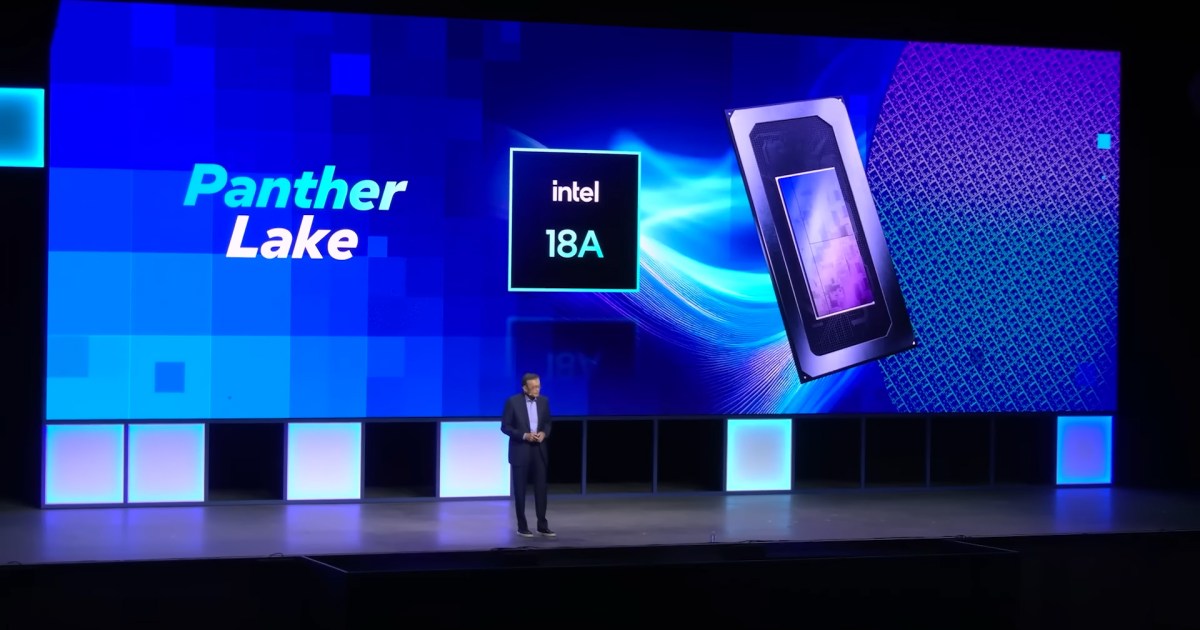Intel announced a promising step in its processor roadmap at its Vision 2025 event, confirming that its 18A process node has officially entered risk production. This milestone signals the company’s progress towards regaining leadership in semiconductor manufacturing, with the advanced node expected to play a key role in future processors, including the upcoming Panther Lake architecture.
The 18A node is a part of Intel’s aggressive “five nodes in four years” strategy, and introduces advanced manufacturing techniques such as RibbonFET gate-all-around transistors and PowerVia backside power delivery. These innovations are expected to improve performance and efficiency compared to current-generation chips. While risk production does not mean mass manufacturing has started, it indicates that Intel is preparing for wider rollout, with early silicon now being tested and refined.
Alongside the 18A update, Intel reaffirmed its focus on Panther Lake, a next-generation CPU lineup that is likely to benefit from the new manufacturing node. Panther Lake is expected to follow Lunar Lake, Intel’s upcoming laptop-focused architecture, and could make its way into both mobile and desktop platforms. Although Intel has not disclosed specific performance metrics or architectural details, the company suggests that Panther Lake will deliver a substantial generational leap in efficiency and processing power.
Intel’s progress with 18A is seen as crucial for its broader ambition of becoming a leading foundry player. The company plans to manufacture chips for external customers using its advanced nodes, including 18A, as part of its Intel Foundry Services initiative. This move puts Intel in direct competition with industry giants like TSMC and Samsung, both of whom are also advancing their cutting-edge semiconductor processes.
While Intel has faced manufacturing challenges in recent years, the successful development of 18A could help it regain its footing in the semiconductor race. The company remains on track for high-volume manufacturing of the node in 2025, aligning with previous projections. If Intel can deliver on its promises, Panther Lake and future chips could offer significant improvements in power efficiency and performance, keeping Intel competitive in the rapidly evolving CPU market.
As Intel continues refining its 18A process and prepares for Panther Lake’s eventual launch, more details on performance, availability, and specific product roadmaps are expected to emerge in the coming months.
Read the full article here















